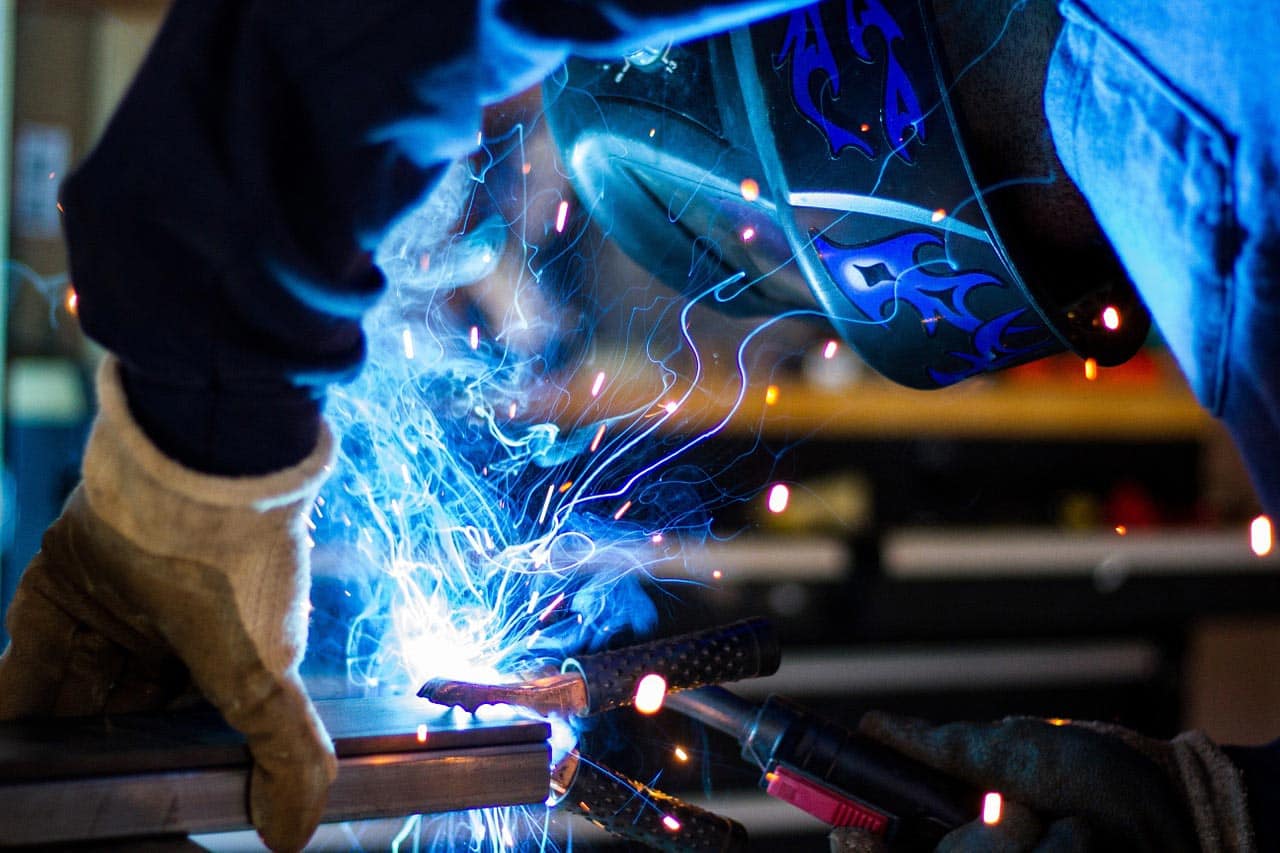Gases are essential in various industrial processes, from manufacturing and welding to food processing and medical applications. They are used as raw materials, fuels, and agents to modify products’ physical and chemical properties. Common industrial gases include oxygen, nitrogen, hydrogen, carbon dioxide, argon, and helium.
In this article, you will explore some of the diverse applications of argon gas in industrial settings. It is a versatile substance with many applications in various industrial environments, and this noble gas is known for its inertness and ability to protect against unwanted chemical reactions.
Welding and Metal Fabrication
Argon gas is commonly used in welding and metal fabrication processes. It is a shielding gas to protect the weld from atmospheric contaminants such as oxygen, nitrogen, and water vapour. It is ideal for this application due to its inertness and ability to prevent oxidation and other reactions that can weaken the weld. In addition, it can also be used in metal fabrication processes such as laser cutting and metal sintering.
Lighting
This noble gas is used in lighting applications, particularly fluorescent lamps and neon signs. In fluorescent lamps, it facilitates the ionisation of the mercury vapour that produces the light. In neon signs, it is used as a filler gas to create a colourful glow. The colour of the light depends on the type of gas used and the electrical discharge applied.
Chemical Processing
It is used in chemical processing applications, particularly in producing semiconductors and other electronic components. In these applications, the inert gas is used as a carrier gas to transport materials through production. It is also a purge gas to remove air and other impurities from reaction vessels and other equipment.
Medical Applications
It has a variety of medical applications, particularly in the field of cryogenics. It is used in cryosurgery to freeze and destroy abnormal tissues, such as cancer cells. In addition, it is used in cryopreservation to preserve biological samples such as sperm and embryos.
Food and Beverage Industry
The noble gas is used in the food and beverage industry to preserve freshness and prevent spoilage. It is commonly used to displace oxygen in food packaging, which helps to prevent oxidation and the growth of harmful bacteria. In addition, this gas is also used in wine production to avoid oxidation and preserve the wine’s flavour and aroma.
Aerospace Industry
The inert gas is used in the aerospace industry for various applications. It is used as a fuel for ion thrusters and other spacecraft propulsion systems and pressurises a gas in rocket engines and other aerospace equipment. In addition, it is used as a purging gas in spacecraft fuel systems and other critical components.
Heat Treating
Argon gas is used in heat-treating applications to prevent oxidation and other unwanted reactions. It is commonly used in producing steel and other metal alloys, where it is used to avoid oxidation during heating and cooling. In addition, it is also used in annealing and other heat treatment processes to control the atmosphere and temperature of the furnace.
Environmental Monitoring
This noble gas is used in environmental monitoring applications to measure atmospheric and oceanic properties. It is commonly used in gas chromatography, where it is used as a carrier gas to transport samples through the analytical system. In addition, it is also used in mass spectrometry, where it is used to ionise samples for analysis.
Conclusion
Argon gas has various applications in various industrial settings. Its inertness and ability to protect against unwanted chemical reactions make it ideal for many applications. As technology evolves, this versatile gas will likely be used innovatively.
